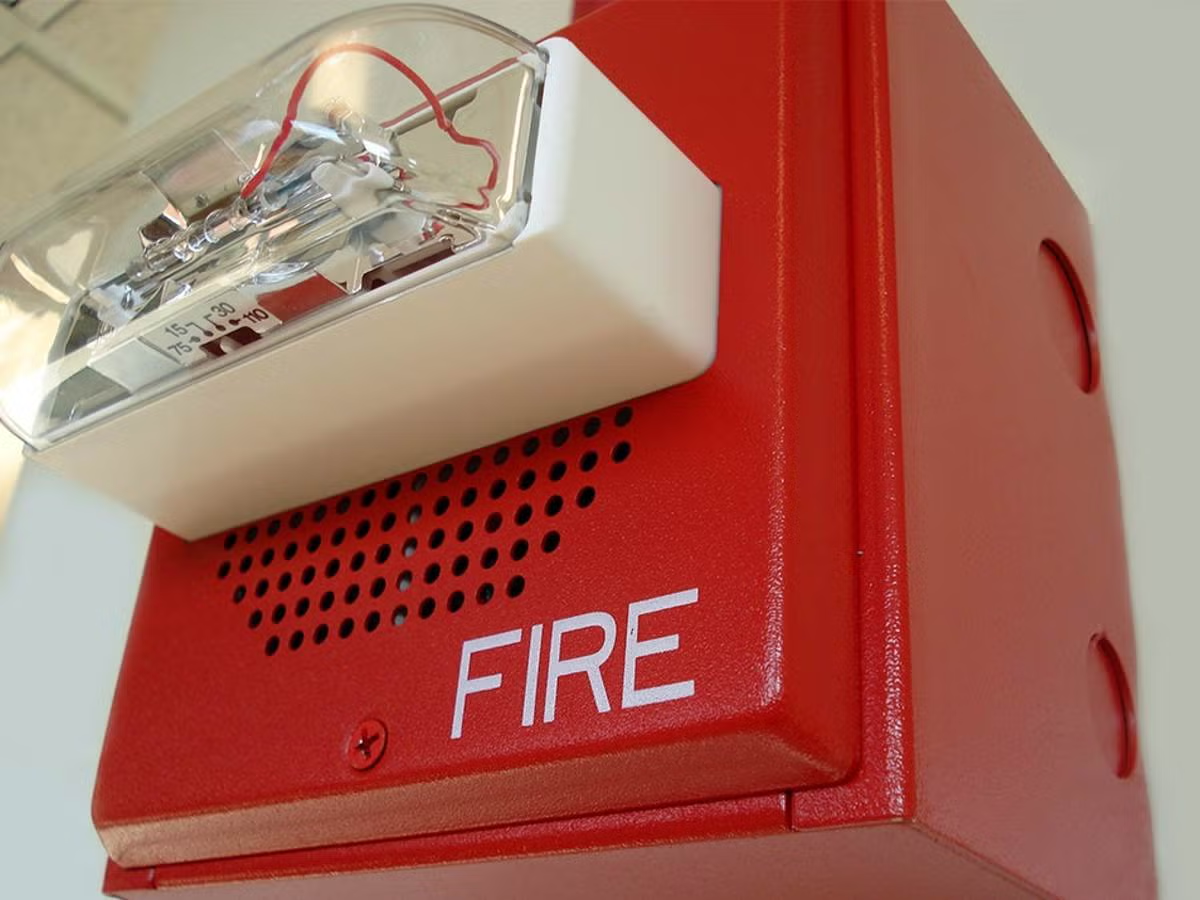Security signaling plays a vital role in modern safety infrastructure, enabling quick communication during emergencies and facilitating real-time responses. Whether used in manufacturing, industrial plants, public spaces, or commercial facilities, these systems serve as the first line of defense in alerting personnel and triggering appropriate safety protocols.
Businesses that prioritize employee safety, property protection, and regulatory compliance need to understand the core function of security signaling systems and how they can be tailored to suit specific environments. This guide breaks down the components, benefits, and real-world applications of security signaling technology.
Why Security Signaling Matters
Security signaling systems are designed to alert individuals or groups to specific events—be it a fire, gas leak, machine malfunction, or security breach. These alerts help reduce response times and prevent minor incidents from escalating into major disasters.
In sectors where safety is critical, such as oil and gas, manufacturing, and chemical processing, security signaling can be the difference between a controlled situation and a full-scale emergency. Not only do these systems protect human lives, but they also help preserve assets, ensure operational continuity, and meet regulatory safety standards.
Types of Security Signaling Solutions
Security signaling isn’t limited to a single technology or device. Instead, it encompasses a broad range of tools, each designed to address specific safety needs and environmental conditions. Understanding the various types of signaling components allows businesses to build a customized system that meets all operational requirements.
Visual Signals
Visual security signaling involves the use of light-based indicators to draw attention to hazards or operational states. These include:
- Flashing Lights: Typically used in emergencies to indicate immediate danger.
- Rotating Lights: Highly visible in 360 degrees, ideal for large open areas.
- Strobe Lights: Create intense, pulsating flashes that penetrate through smoke or fog.
- Steady Lights: Indicate normal or standby status on equipment.
- Panel Mount Signals: Embedded in control panels to provide equipment feedback.
- Status Indicator Lights: Show the operational state of machinery or systems.
- Beacons: Designed for high-visibility signaling, even in harsh conditions.
Visual alerts are particularly effective in noisy environments where audible alarms may be difficult to hear.
Audible Signals
Audible security signaling solutions offer a wide range of sounds and tones, from soft chimes to loud horns. Common devices include:
- Amplified Speakers: Distribute custom voice messages or tones over wide areas.
- Electronic Sirens: Emit distinctive, high-decibel warnings for immediate evacuation.
- Bells and Horns: Used in traditional alarm systems, often in industrial settings.
- Loudspeakers: Deliver announcements and instructions during critical events.
- Sounders and Tone Modules: Generate specific tones for different warning levels.
- Voice Guns: Allow live or pre-recorded voice commands for emergency instructions.
These systems are particularly useful in fast-paced environments where workers are constantly on the move and may not see visual signals.
Intercom and Public Address Systems
Communication is critical during emergencies. Security signaling systems often integrate intercoms and public address (PA) systems to ensure that instructions can be given clearly and instantly.
Key components include:
- Master Stations: Central communication hubs for emergency control rooms.
- Intercom Stations and Handsets: Enable two-way communication between rooms or zones.
- Panel Microphones and Speakers: Deliver voice announcements across large facilities.
- General Alarm Digital Systems: Combine alarm triggering with verbal instructions.
These systems can be programmed to automatically broadcast alerts while allowing real-time human communication, improving situational control.
Telephony in Security Signaling
In remote or hazardous environments, telephony-based signaling systems add another layer of safety and communication. Key devices include:
- Ex-Proof Industrial Telephones: Explosion-proof phones designed for use in volatile environments.
- Extension Bells and Horns: Provide additional audible signaling in areas without centralized alarm systems.
By ensuring that workers can communicate even in difficult or dangerous locations, industrial telephony supports a more resilient safety network.
Initiating Devices
Security signaling begins with detection and initiation. Devices that trigger alerts are critical to activating alarms, lights, and communications systems. Common types include:
- Breakglass Callpoints: Manual alert devices used to initiate alarms in emergencies.
- Fire Alarm Pull Stations: Standard in many public buildings to trigger fire alarms.
- Push Button Stations: Used to activate alarms or machinery shutdown in emergency scenarios.
These initiating devices form the backbone of many signaling systems by ensuring that alerts are quickly and easily activated.
Key Features to Look For in a Security Signaling System
Not all systems are created equal. Choosing the best security signaling solution requires evaluating key features such as:
- Durability: Devices must withstand extreme environments (e.g., heat, dust, vibration).
- Visibility and Audibility: Signals must reach intended recipients regardless of environmental conditions.
- Compliance: Equipment should meet international safety standards and local codes.
- Scalability: Systems should grow with your facility and adapt to evolving safety requirements.
- Integration: Seamless integration with fire alarms, gas detection, and access control systems enhances performance.
Investing in high-quality components ensures that your security signaling setup remains reliable over the long term.
Applications Across Industries
Security signaling is essential across a variety of industries:
- Manufacturing Plants: Used for machinery status indicators, emergency alerts, and evacuation signaling.
- Oil & Gas Facilities: Critical for explosion-proof alerts and communication in hazardous zones.
- Warehouses & Logistics: Helps with accident prevention and alerts related to forklifts or conveyor systems.
- Commercial Buildings: Facilitates fire alarms, public address, and visual alerts for building occupants.
- Transportation Hubs: Supports crowd control and safety announcements in terminals and stations.
Each application area has unique needs, making a versatile and customizable system invaluable.
How to Choose the Right Security Signaling Equipment
When selecting security signaling equipment, consider the following:
- Environment Type: Is the area noisy, dark, or volatile? Choose devices accordingly.
- Coverage Needs: Large facilities may require networked or multi-zone systems.
- User Accessibility: Ensure that initiating devices and communication systems are easy to operate.
- System Compatibility: Verify integration with existing infrastructure or alarm protocols.
- Emergency Scenarios: Tailor components to specific risks, such as fire, gas leaks, or intrusions.
By carefully evaluating your site’s risks and layout, you can choose signaling solutions that maximize protection.
Benefits of Investing in Quality Security Signaling
Adopting a robust security signaling system provides significant advantages:
- Faster Emergency Response: Visual and audible cues reduce confusion and help staff act quickly.
- Improved Safety Compliance: Systems that meet local codes help avoid fines and shutdowns.
- Reduced Operational Downtime: Rapid communication minimizes disruption during emergencies.
- Peace of Mind: Workers and occupants feel more secure knowing a responsive system is in place.
- Scalable Safety Framework: Systems can evolve with your business as needs change.
Whether you’re upgrading outdated components or building a new safety infrastructure, quality security signaling enhances both safety and operational continuity.
Takeaway
Security signaling is more than just a collection of alarms and lights—it’s an integrated communication system designed to save lives, reduce risk, and ensure rapid response. From visual indicators and audible alerts to intercoms, telephony, and initiating devices, each component plays a vital role in maintaining safe and compliant environments.
By understanding the types of security signaling available and aligning them with your specific safety requirements, your organization can stay prepared, protected, and proactive.
Looking to implement or upgrade your security signaling system? Start by evaluating your current safety challenges and consulting professionals to design a solution tailored to your operations.








